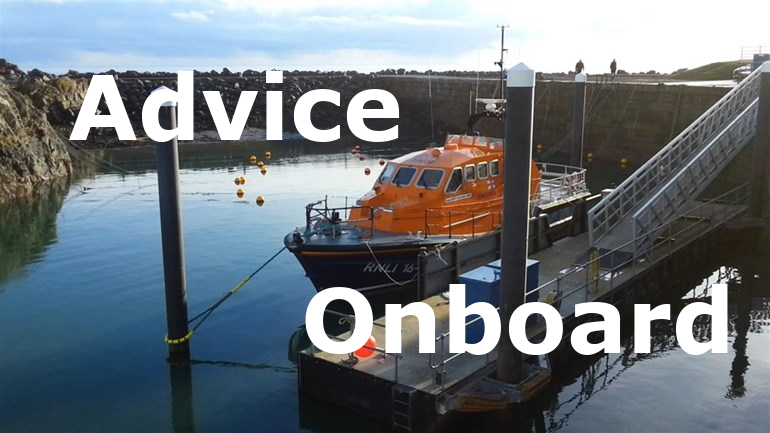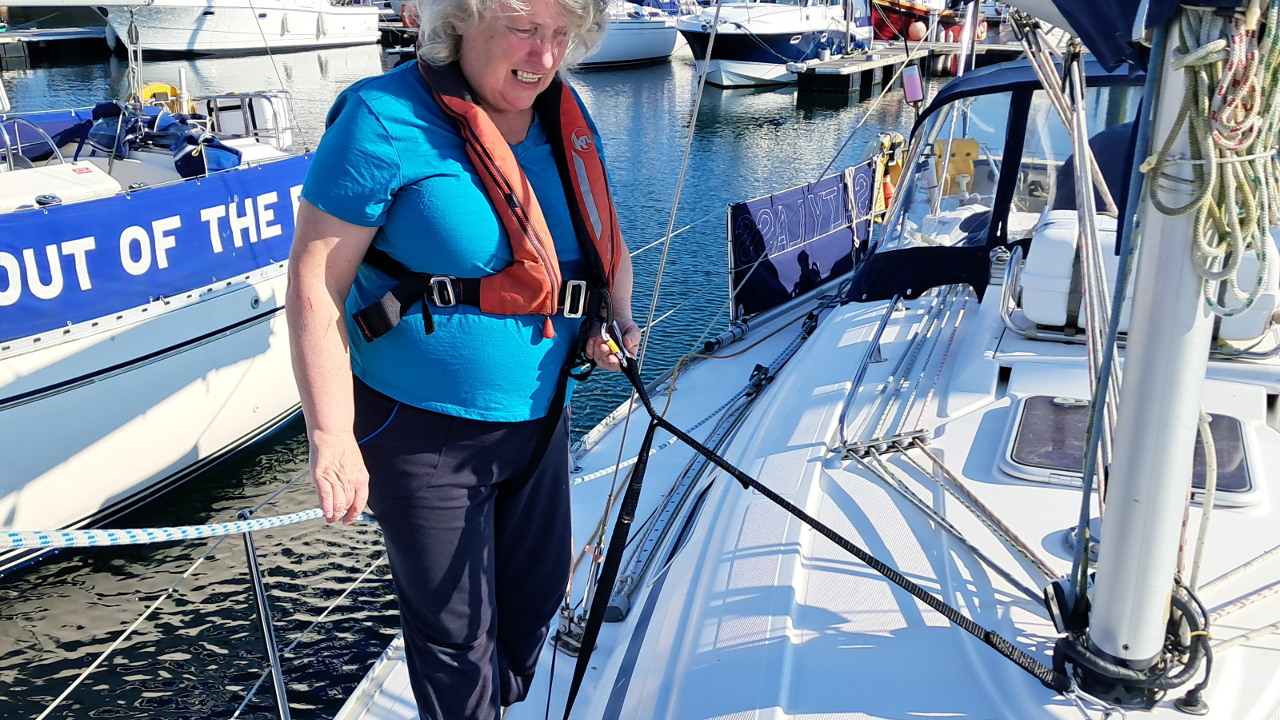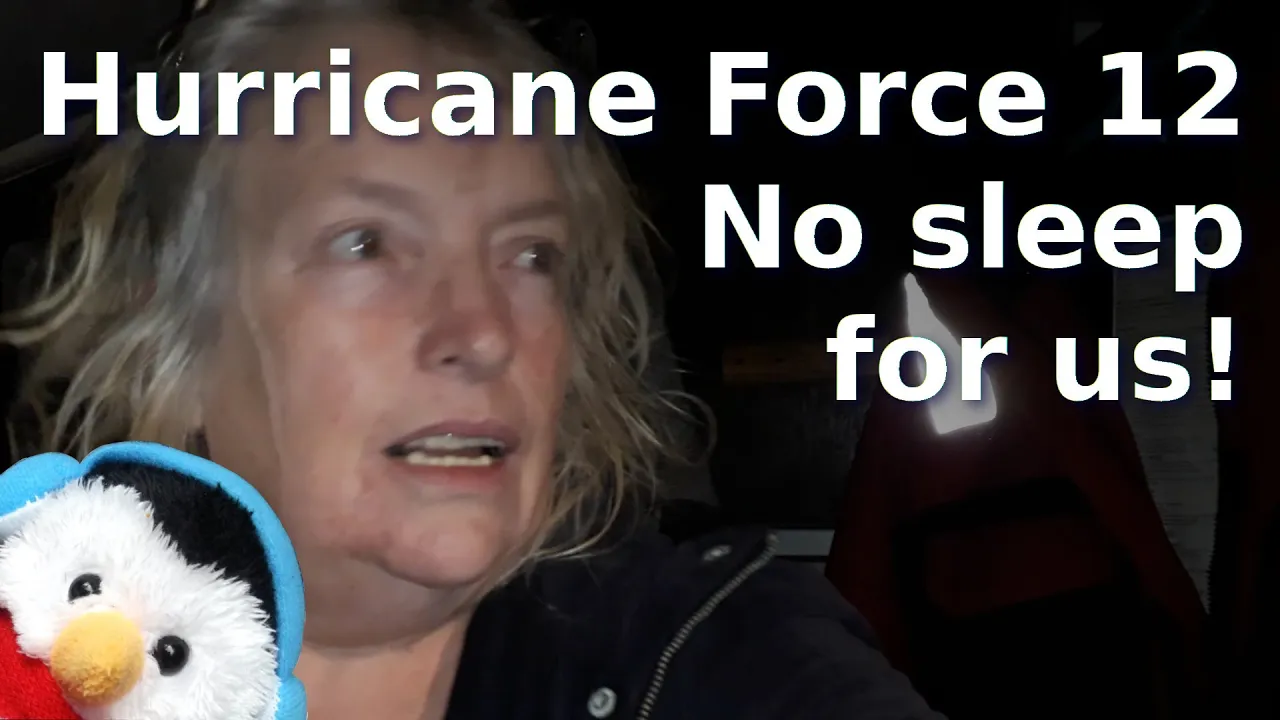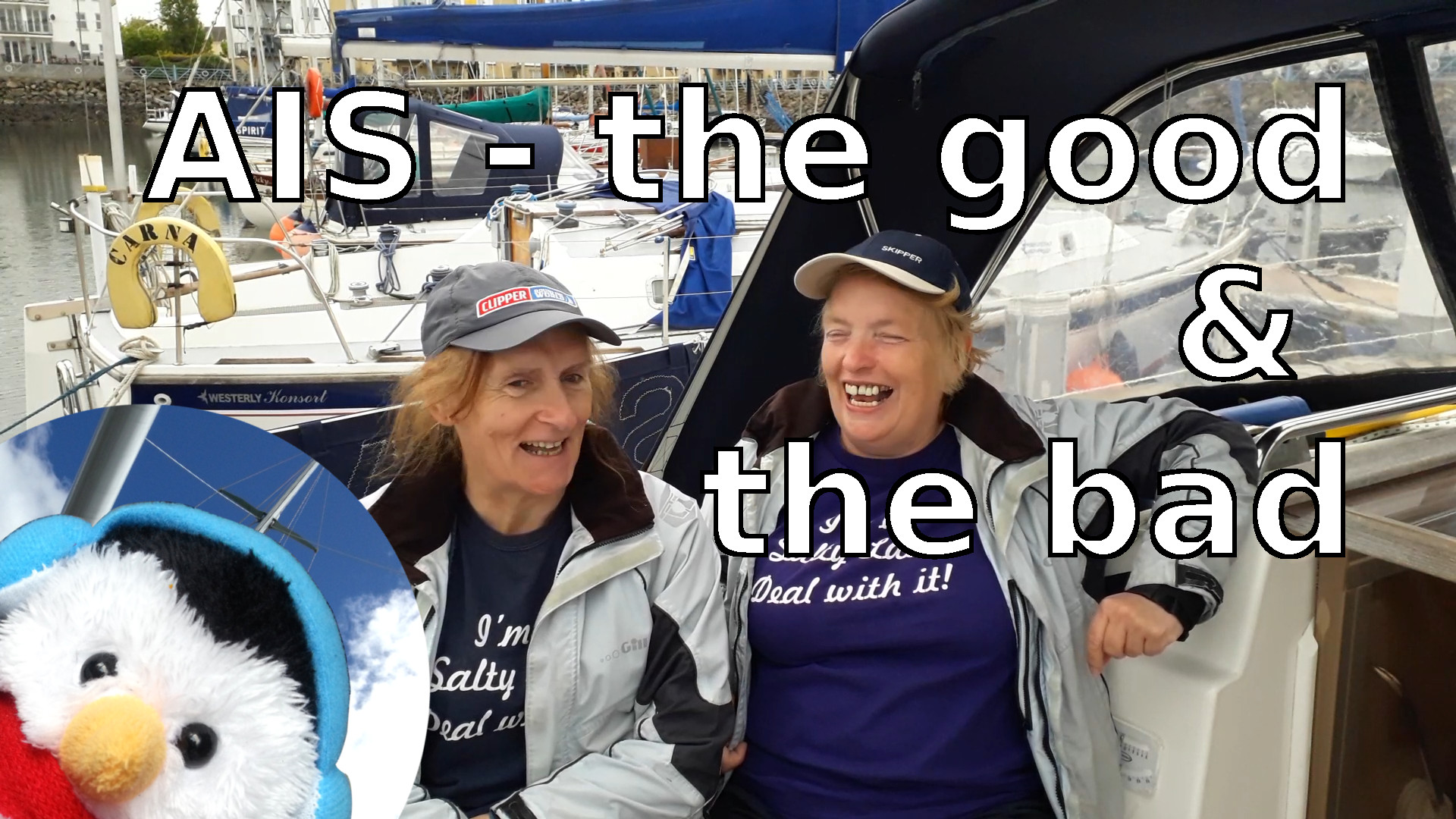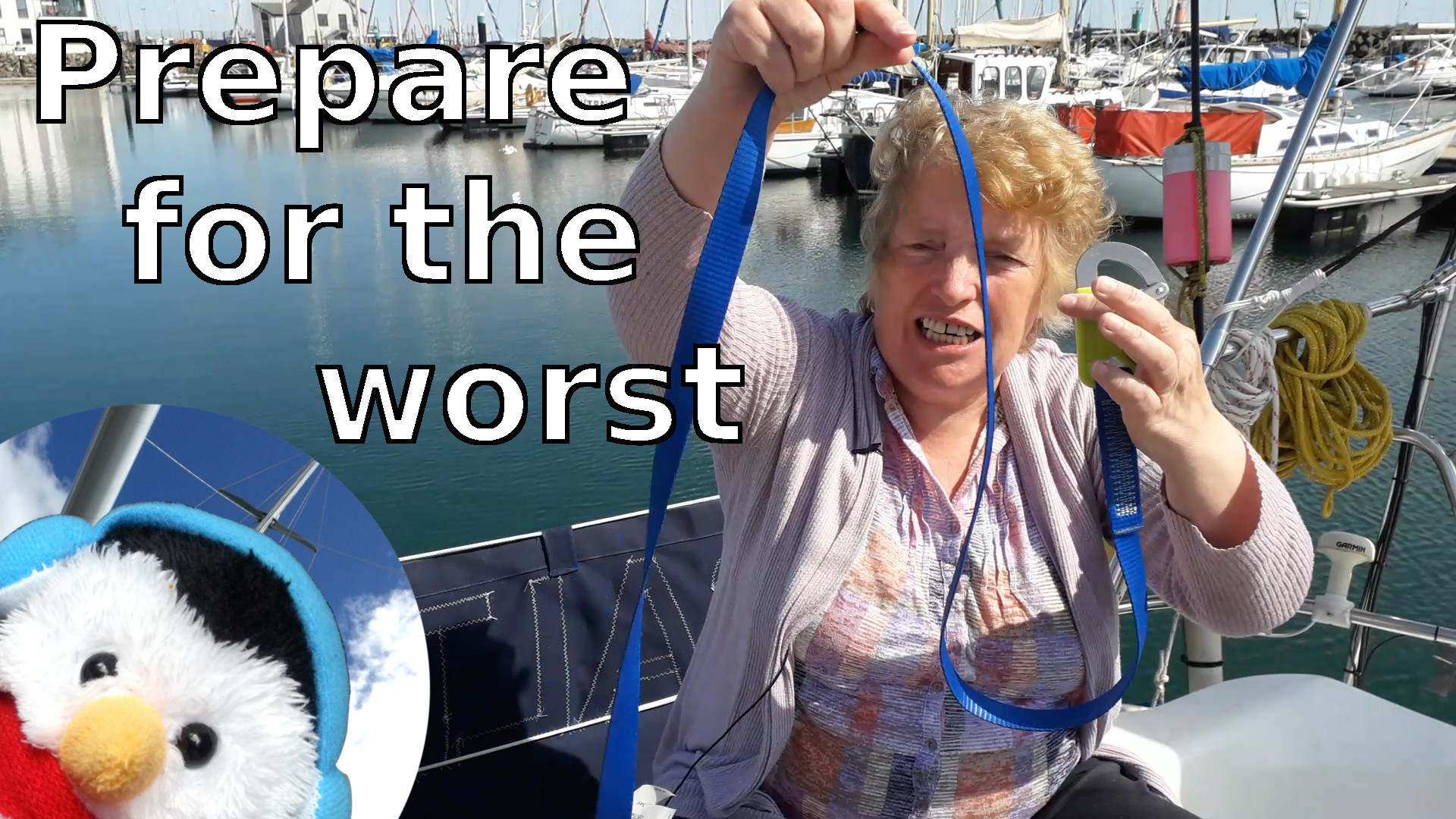When we heard about the Free RNLI life jacket check and advice onboard sessions we decided to book one, with the Community Safety Officer
We had booked an Advice Onboard session with our local Community Safety Officer, down on Salty Lass. It was a very informative session and ours took over two hours, which according to the local officer was the longest time he had ever spent on board.
Life jacket maintenance
Your life jacket may save your life one day, but only if you maintain it properly. So the first thing that the Community Service Officer did was show us how to maintain our life jackets. He showed us how to look for wear and tear, so for that we looked at the state of the fabric and the stitching. He advised us to blow up the jacket, once a year and to leave it inflated for 24 hours so that any leaks in the jacket could be detected. He also showed us how to look at the cylinder that is used to inflate the life jacket. We were quite shocked to find that our cylinders were loose, which would mean that either the cylinder would not go off when required or that the gas would escape and not go into the jacket, both bad situations, so we were really glad that we got that checked and we would know how to check it in the future. In one of the RNLI life jacket clinics they found a very high percentage of life jackets had faults, and I'm afraid to tell you that our jackets would be part of this percentage.
Advice Onboard
We want to be as safe as we can be on Salty Lass, so it was really good to have the Community Safety Officer talk to us about how we could improve safety onboard and to give us practical suggestions about additional equipment that we should consider purchasing. The Community Safety Officer worked through our safety equipment from stem to stern, using a check list which covered 65 individual items. Of these 33 items are considered priority and cover things like Anchor, Kill cord, Fire fighting equipment and Safety Harnesses. Of the 33 items we need, to buy a smoke detector, improve our Man overboard equipment and get some spare navigation lights. While of the 32 recommended items, the main thing that we want is AIS, and we might get an EPIRB, we also need to sort out our grab bag, so lots for us to consider.
Overall
It was a very informative session and the Community Safety Officer answered all our safety-related questions. By the end of the session we had a long list of things we need to sort out to improve our safety here on the Lass, this is why we would really recommend to all our viewers that they register their interest today at https://rnli.org/safety/what-we-can-do-for-you
Our officer even let us have some books on Safety and Cruising which is why we donated £15 to our https://www.justgiving.com/fundraising/damsels-in-distress



